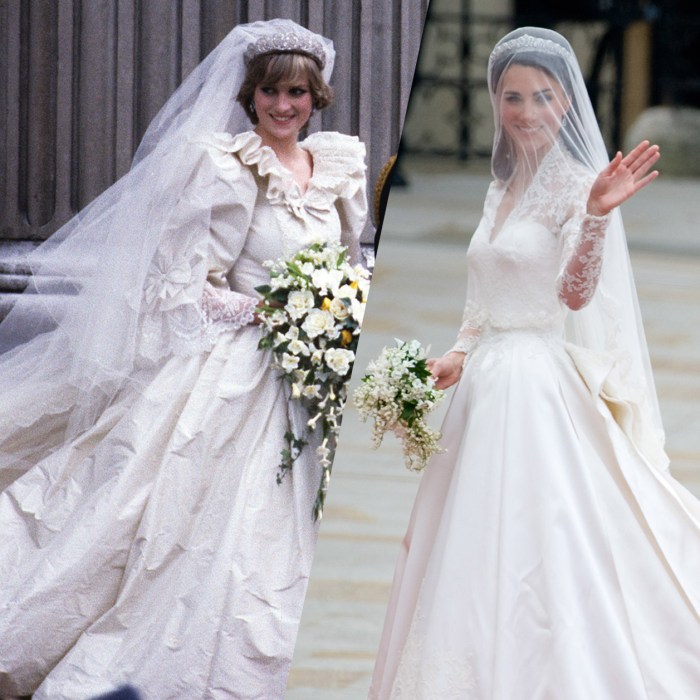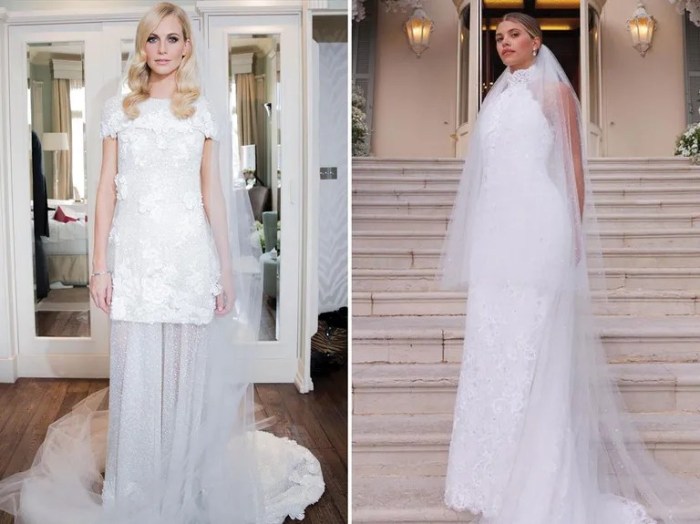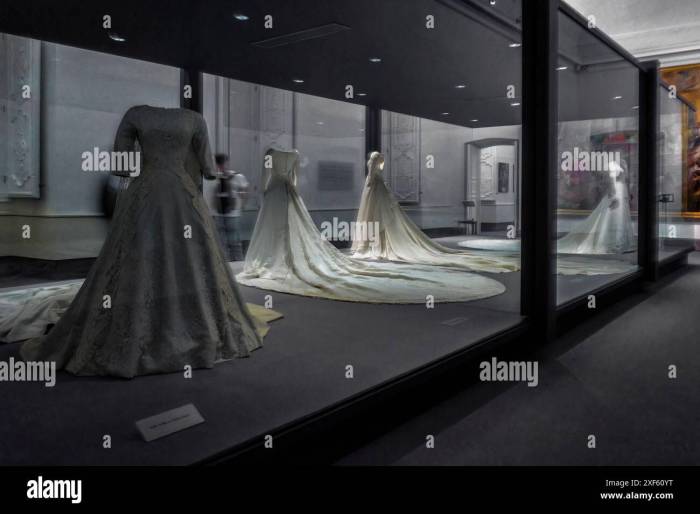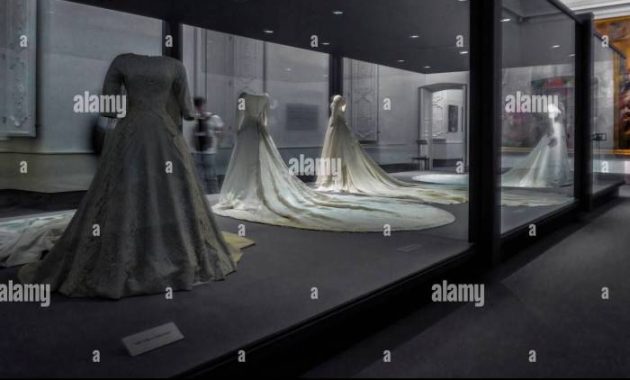The Phrase “White Trash Wedding Dresses”: Deconstructing a Loaded Term

Source: afcdn.com
The phrase “white trash wedding dresses” carries a heavy weight of social and cultural baggage. It’s a term that evokes strong reactions, often rooted in class prejudice and ingrained stereotypes. This article delves into the origins and implications of this phrase, exploring its usage in popular culture and challenging the assumptions it perpetuates.
The Origins and Socioeconomic Connotations of “White Trash”, White trash wedding dresses

Source: xogrp.com
The term “white trash,” itself, has a complex and often painful history. Its origins lie in the post-Civil War South, used to denote poor white people who were seen as falling below the accepted standards of respectable Southern society. The term carries strong negative connotations, associating those it describes with poverty, lack of education, and perceived moral failings.
It’s a label that has been used to marginalize and otherize a segment of the population, reinforcing existing power structures.
In the context of weddings, the application of this term to wedding attire highlights the deeply ingrained societal biases around class and taste. A wedding, often considered a display of social standing and aspiration, becomes a site where judgments about class are readily projected onto the choices made by the couple.
Examples of the phrase’s use in popular culture are prevalent, often appearing in literature, film, and music as a shorthand for depicting characters from a lower socioeconomic class. This use, however, rarely offers a nuanced understanding of the individuals involved, instead perpetuating stereotypes and contributing to a cycle of stigmatization.
Interpretations of “White Trash” Wedding Aesthetics
The aesthetic associated with what is often termed a “white trash” wedding is typically characterized by elements often tied to budget constraints. This includes choices that might be considered less refined or traditional by those adhering to more upscale wedding standards. These choices are often made not out of a lack of taste but due to economic realities.
The contrast between “upscale” weddings, frequently featuring lavish venues, designer gowns, and elaborate floral arrangements, and more budget-conscious weddings is stark. However, the perceived difference shouldn’t necessarily be equated with a difference in taste or value. Budget limitations can necessitate creative and resourceful solutions that ultimately result in a unique and personal celebration.
The following table provides examples of wedding dresses that might be perceived as fitting this aesthetic, highlighting the arbitrary nature of these associations:
| Dress Style | Fabric | Price Point | Perceived Social Class |
|---|---|---|---|
| Simple A-line | Polyester | Under $500 | Working Class |
| Bohemian Lace | Cotton Blend | $500-$1000 | Lower-Middle Class |
| Vintage Inspired | Second-hand/Restored | Variable | Varied |
| Short, Cocktail Style | Affordable Fabrics | Under $300 | Working Class |
The association of certain styles with the term “white trash” is rooted in classism and a reinforcement of existing societal hierarchies. It reflects a judgment based on economic means rather than aesthetic merit.
Media Portrayals and the Perpetuation of Stereotypes
Media plays a significant role in shaping public perceptions of weddings across different socioeconomic backgrounds. The portrayal of weddings in movies and television often reinforces stereotypes, frequently associating extravagant displays with wealth and simpler celebrations with lower social standing.
Advertising and social media, while offering a wider range of wedding styles, can still inadvertently perpetuate these stereotypes. The focus on luxury brands and aspirational lifestyles can inadvertently create a sense of inadequacy among those with more limited budgets.
- The portrayal of “trashy” weddings in reality TV shows, often highlighting conflict and chaotic planning.
- The frequent use of lavish weddings in romantic comedies to represent idealized romantic success.
- Advertising campaigns for wedding services that primarily target high-income demographics.
- Social media influencers who showcase exclusively high-end wedding aesthetics.
Challenging the Stereotype: Reframing Wedding Attire

Source: alamy.com
It’s crucial to challenge the narrow definition of acceptable wedding attire. Personal expression and individuality should be celebrated, regardless of economic constraints. The focus should shift from adhering to perceived class standards to celebrating the unique story of the couple.
Imagine a series of dresses: A vibrant, hand-dyed silk dress, its asymmetrical cut and bold color a testament to unconventional beauty; a simple, elegant linen dress, its understated grace showcasing the beauty of simplicity; a repurposed vintage dress, its history and unique details telling a story of sustainability and resourcefulness; a dress made from ethically sourced materials, reflecting a commitment to conscious consumption.
These dresses, while varying in style, all communicate a powerful message: a wedding’s beauty lies in its authenticity, not its price tag.
The Impact of Affordability and Accessibility on Wedding Choices
The financial realities of wedding planning significantly impact the choices couples make. Many couples face considerable financial constraints, necessitating careful budgeting and prioritizing. This often leads to compromises that are unfairly judged through the lens of class-based stereotypes.
The ethical implication of associating certain dress styles with economic limitations is profound. It reinforces the idea that happiness and celebration are contingent upon wealth, ignoring the inherent value of love and commitment.
- Websites and blogs offering budget-friendly wedding planning advice.
- Online marketplaces for secondhand or rental wedding attire.
- DIY and craft resources for creating personalized wedding decorations.
- Community-based resources offering support and guidance to couples on a tight budget.
FAQ Guide: White Trash Wedding Dresses
What are some common misconceptions about “white trash” wedding dresses?
A common misconception is that “white trash” wedding dresses are inherently tacky or unstylish. In reality, many budget-conscious weddings simply reflect the realities of financial constraints, not a lack of taste or style.
Where can I find affordable yet stylish wedding dresses?
Consider consignment shops, online marketplaces, and rental services. Many independent designers also offer beautiful and affordable options.
How can I avoid perpetuating stereotypes when planning my wedding?
Focus on your personal style and what truly represents you as a couple, regardless of societal expectations or perceived class standards.
Are there any ethical considerations when discussing “white trash” wedding dresses?
Yes, it’s crucial to avoid perpetuating harmful stereotypes and instead focus on celebrating individuality and acknowledging the financial realities faced by many couples.

